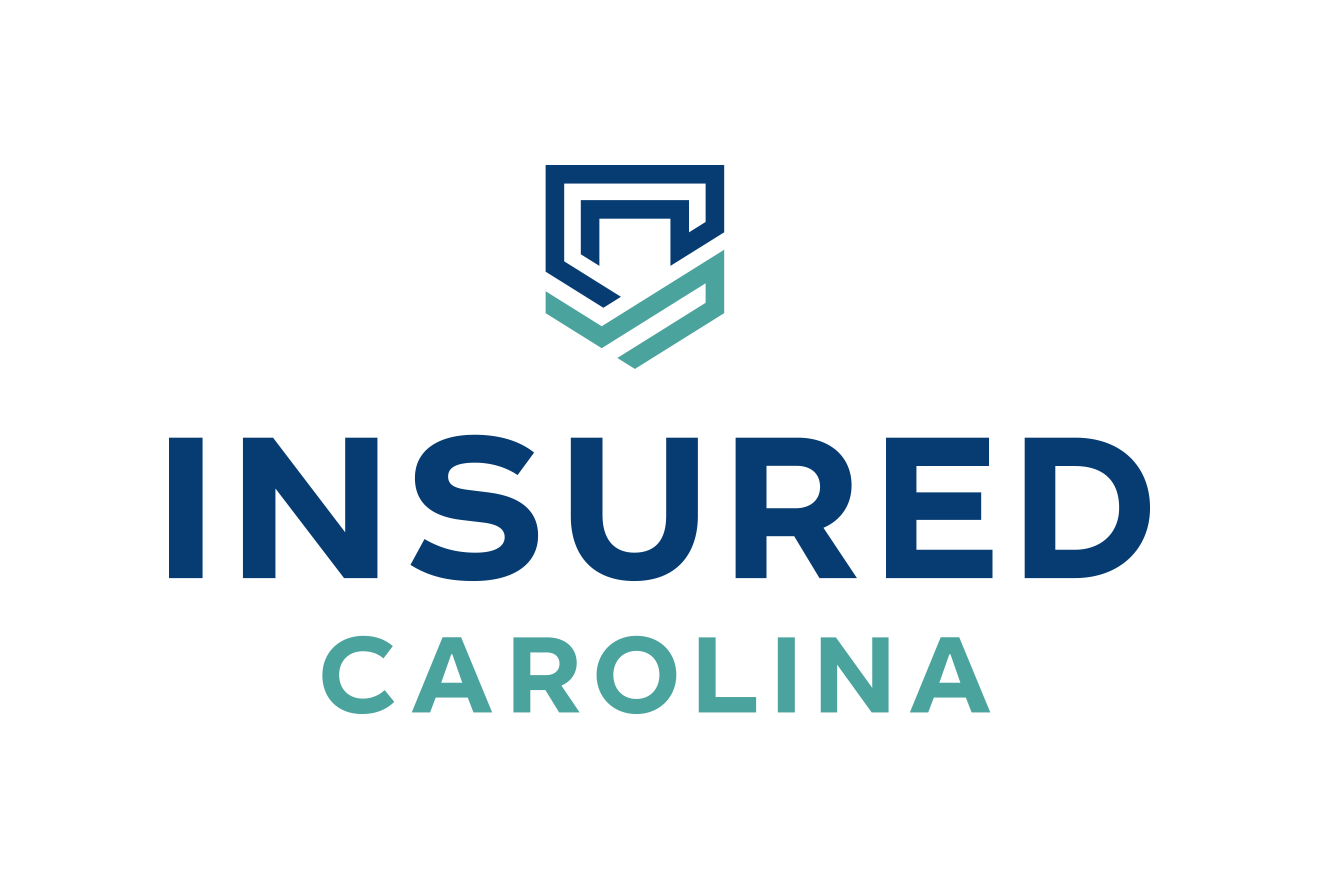ACA open enrollment starts November 1st
For individuals looking to enroll in a health insurance plan during the Affordable Care Act (ACA) open enrollment period, here are some key things to know and steps to prepare:
1. Understand open enrollment dates: The open enrollment period typically begins on November 1st and ends on December 15th in most states. However, some states may have extended enrollment periods, so check your state's specific dates.
2. Review your current plan: Evaluate your current health insurance coverage, including deductibles, premiums, copayments, and network providers. Consider whether your needs have changed since last year and if your current plan still meets your requirements.
3. Determine your eligibility: Confirm if you and your family members are eligible for the ACA, as qualifying individuals can receive financial assistance or qualify for Medicaid. You can check your eligibility on the ACA marketplace website or consult with us.
4. Research available plans: Familiarize yourself with the types of health insurance plans available through the ACA marketplace. Understand the differences between plans, including the coverage levels, networks, and costs associated with each option.
5. Assess your healthcare needs: Consider your anticipated healthcare needs for the upcoming year. This includes regular check-ups, prescription medications, specialist visits, and any ongoing conditions or treatments. Evaluate your healthcare utilization from the previous year to get an idea of what coverage level and benefits you may need.
6. Estimate your budget: Determine the premium amount you can comfortably pay each month. Consider other financial obligations and factors like deductibles, copayments, and out-of-pocket maximums. Balance your monthly premium with potential out-of-pocket expenses to find a plan that fits your budget.
7. Gather necessary information: Prepare essential documents and information needed for the enrollment process. This may include social security numbers, birth certificates, proof of residency, income information, and any other relevant details for each person in your household.
8. Seek assistance if needed: If you find the process overwhelming or have questions, reach out. We can guide you through the enrollment process, explain your options, and help you make an informed decision.
9. Enroll within the designated period: Be sure to enroll during the open enrollment period to secure coverage for the upcoming year. Don't miss the deadline, as late enrollment may result in penalties or waiting until the next open enrollment period.
Remember that open enrollment is the designated time to enroll in or switch health insurance plans under the ACA. Outside of this period, you may only be eligible for enrollment in certain situations, such as qualifying life events or special enrollment periods.


